Fall into Autumn
The growing season is winding down with shorter days and cooler temperatures, and our gardens are starting to look a little rough around the edges. It’s time to bring in the final harvests, tidy up, and put away what we can for the winter.
Fall transition can go a few ways in the garden. Annuals, perennials, flowers, and vegetable beds all get treated a bit differently. Each gardener’s cleanup process will be slightly different according to their style and their goals, but here are some principles of how to make an effective fall transition. Notice I didn’t say “cleanup”: the purpose of these practices isn’t to “clean” the garden (though we can certainly tidy it up a little), we’re looking to transition away from summer growing, protect the soil, and provide food and habitat for creatures above and below ground.
Vegetable beds
By mid to late September, heat-loving plants like cucumbers, zucchini, and tomatoes are producing less fruit and ripening their fruits slowly. They may have succumbed to pest and disease pressure such as powdery mildew, cucumber beetles, or squash bugs. Healthy tomato plants may still be producing suckers and new flower sets, but it’s best to clip these off to encourage the plant to ripen its last green fruits. And as soon as there’s a risk of frost in your area, bring all the tomatoes inside to ripen.
To tidy up vegetable beds, chop down the plants by clipping them at the base, leaving the roots in the soil. Healthy plant material can be chopped and dropped: cut down and left on the soil surface. These act as free mulch to cover up bare soil, return nutrients to the bed, and act as nourishment for all the soil dwelling organisms.
The exception to this “chop & drop” method is to make sure you remove diseased plants — mildewy tomato and zucchini plants, cucumber vines that got bacterial wilt, or any other diseases or infestations— the whole plant should be removed from the garden and discarded in yard waste. If the plant only had mildew, the root can stay in the ground, but for infestations of cucumber beetles, it’s best to remove the root too, since cucumber beetle larvae feed on them. Take care to collect any mildewy leaves that have dropped onto the soil surface.
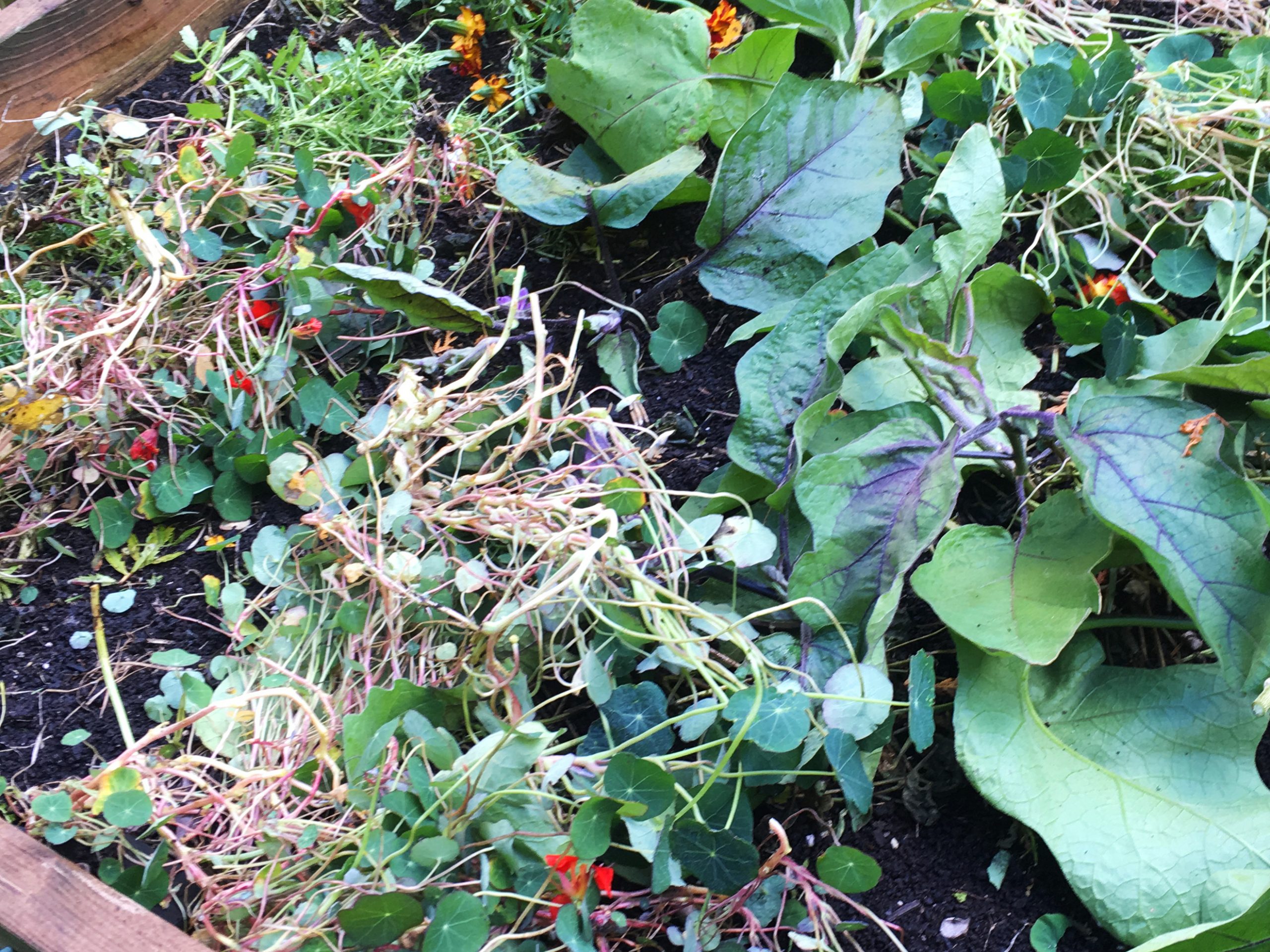 |
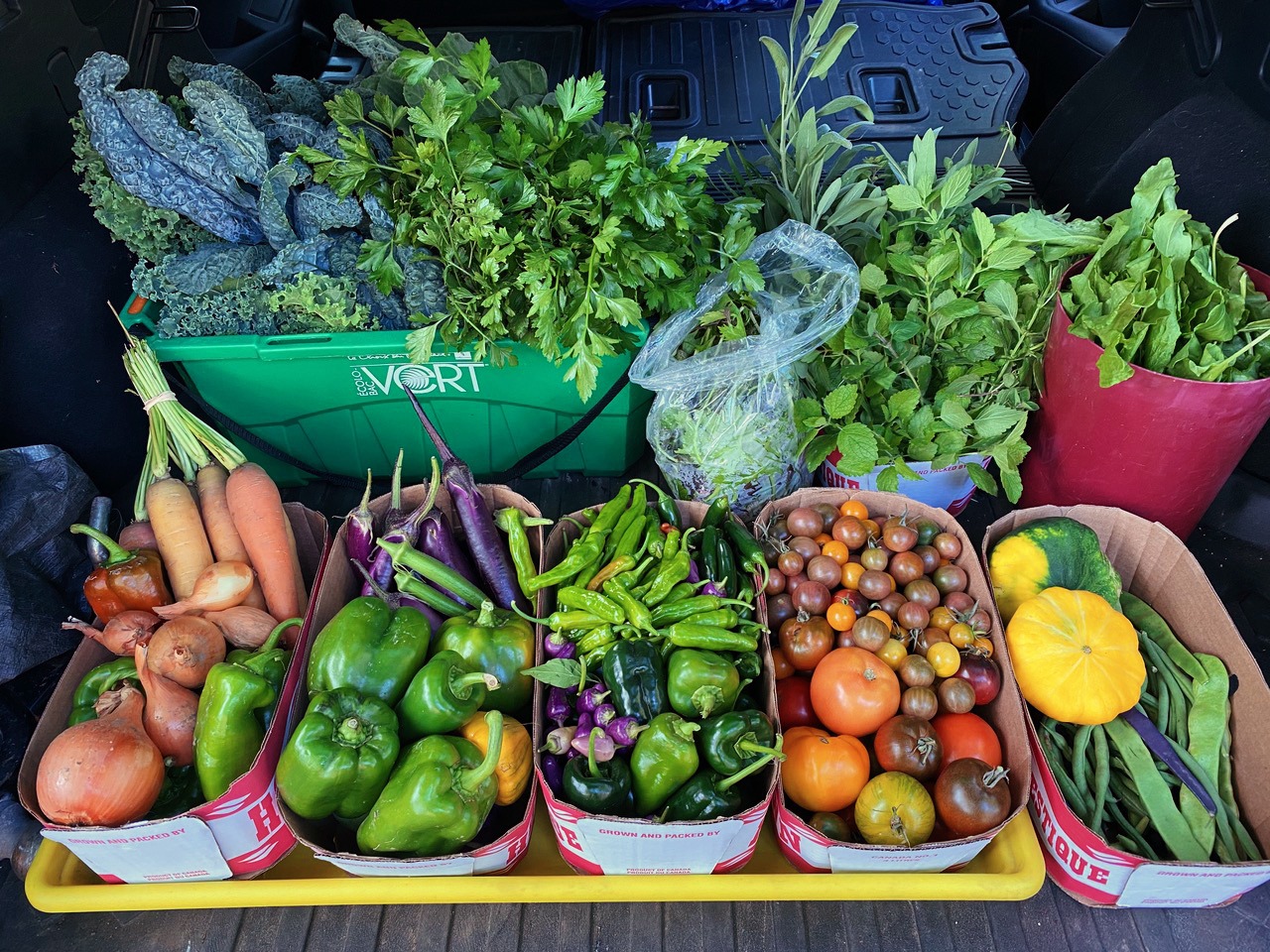 |
| Chop, drop, (and roll?) | Our last harvest of peppers, tomatoes, and squash for Black Food Toronto. |
Last call for planting
|
|
|
|
If your heat-loving plants finish producing early enough, you may be able to sneak in a late succession of a cool weather crop like arugula or radishes that will germinate quickly and thrive in early fall temperatures. Always check the number of days to maturity on the seed packet and look up frost date estimates for your areas. You could also choose instead to seed a cover crop/green manure crop to boost soil health. A third option is to use some of the space to grow garlic, which is planted in late October. Garlic lays dormant in the winter, grows through spring and summer of the following year and is harvested in late July or early August.
Cool hardy plants like kale, swiss chard, carrots, and beets, can all stay undisturbed until the risk of frost, and even longer if you are protecting them with floating row cover. Kale will even tolerate a light frost without any protection, especially if your growing space is sheltered. Any perennial food plants like chives and strawberries should follow the same principle: enjoy a last harvest if there is one, remove any diseased plant material, and protect the plant by mulching with straw. Rosemary is a tender perennial and not winter-hardy in Ontario’s climate and should be potted up and brought to winter inside.
When all your crops have been brought in, feed the soil with a quality compost and then cover with a layer of mulch. It may seem counterintuitive to feed soil in the fall, since we’re not growing any plants that need to be fed right away. But soil is a living organism too, whose nutrients have just been depleted by a full season of growing, so it’s time to give it a boost.
Mulching is an important last step that offers a lot of key benefits: it protects the soil from erosion and UV rays, it helps with moisture retention, and it also contributes nourishment to the soil in the form of food for the soil microbes. Straw is an excellent mulch material, but a generous layer of leaves collected from your yard work well too. Overall this practice will protect and nourish a diverse community of hungry creatures who live in your soil and will eat and excrete throughout the winter which will in turn support soil health for next season.

The BUFCO Farm in early October.
So far, we’ve removed the tomato plants, leaving the existing clover cover crop to winterkill and seeded more cover crops (rye, peas, oats) wherever soil is exposed. We’re also starting to cover our paths with straw mulch. Our cold hardy plants are still going strong!
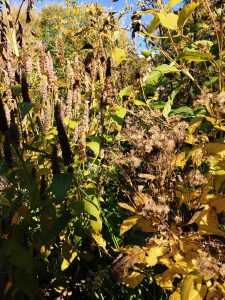
Flowers
Annual flowers will go to seed, if they haven’t already. Calendula and nasturtium are both edible annual flowers whose seeds are easy and fun to collect and save for next year. They may already have self-seeded in your garden without your even noticing! Perennial flower stalks of asters, echinacea, and Joe Pye weed may still have flower heads bursting with seed. To benefit your garden ecosystem, leave some seed heads standing to provide a food source for birds and cut some stems down to varying heights, anywhere from 8-24”. Their hollow stalks make cozy homes for solitary native bees and other creatures. Leaving these over the winter can also add beautiful winter interest when your garden would otherwise be a flat expanse of snow. The exception is, as with veggies, diseased material should be cut back and removed.
Flowerbeds should also be fed with compost and mulched with leaves to create additional habitat for beneficial insects, many of whom are ground nesting and will overwinter in undisturbed leaf litter. If you have leaves falling onto a lawn or patio, simply rake the leaves into the flowerbeds. This is much easier than bagging them for collection, and so beneficial for your garden. The same principle applies as with your vegetable beds: it’s best not to leave areas of bare soil.
Taking stock
Fall is a great time to reflect and take note of how things went in the garden. Write down your thoughts and observations, noting the year, so you remember. Even if it’s only a quick list — what you liked best, plants that were less successful or that you didn’t enjoy tending, challenges you dealt with. Jot ideas for next year. It makes a big difference to note a few details while they are still fresh in your mind. When you’re looking out at the snow and dreaming about next year’s garden, you’ll have this information close at hand. One of the great pleasures of gardening is the cycle of observation and experimentation and trying to make things just a little bit better next year. In my own garden, next year I need to remember to prune my gooseberry bush in early spring to encourage an abundance of fruit. I want to focus less on labour-intensive tomatoes and instead grow lots of cold hardy kale, mustard greens, and other brassicas as a fall succession, when I will have more time to devote to my own garden.
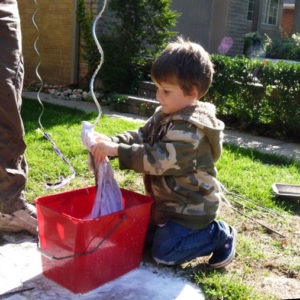
A final task in transitioning from summer to fall is cleaning your tools and accessories. Wipe down stakes and any empty pots with soapy water to limit the spread of pests and disease and disinfect your tools by wiping them with rubbing alcohol. Take the time to oil moving parts and sharpen blades on your secateurs and other heavily used tools. You will thank yourself next spring!
Sources
Comment
Comments are closed.
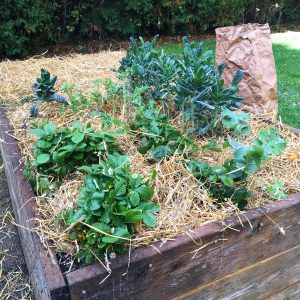
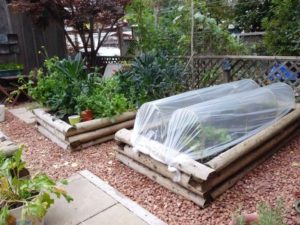
[…] remove a good deal of the straw, leave some and repurpose or compost the rest. Cover crops are “chopped and dropped” a process of cutting the rye at the roots and dropping rye grass cuttings onto the soil surface. […]